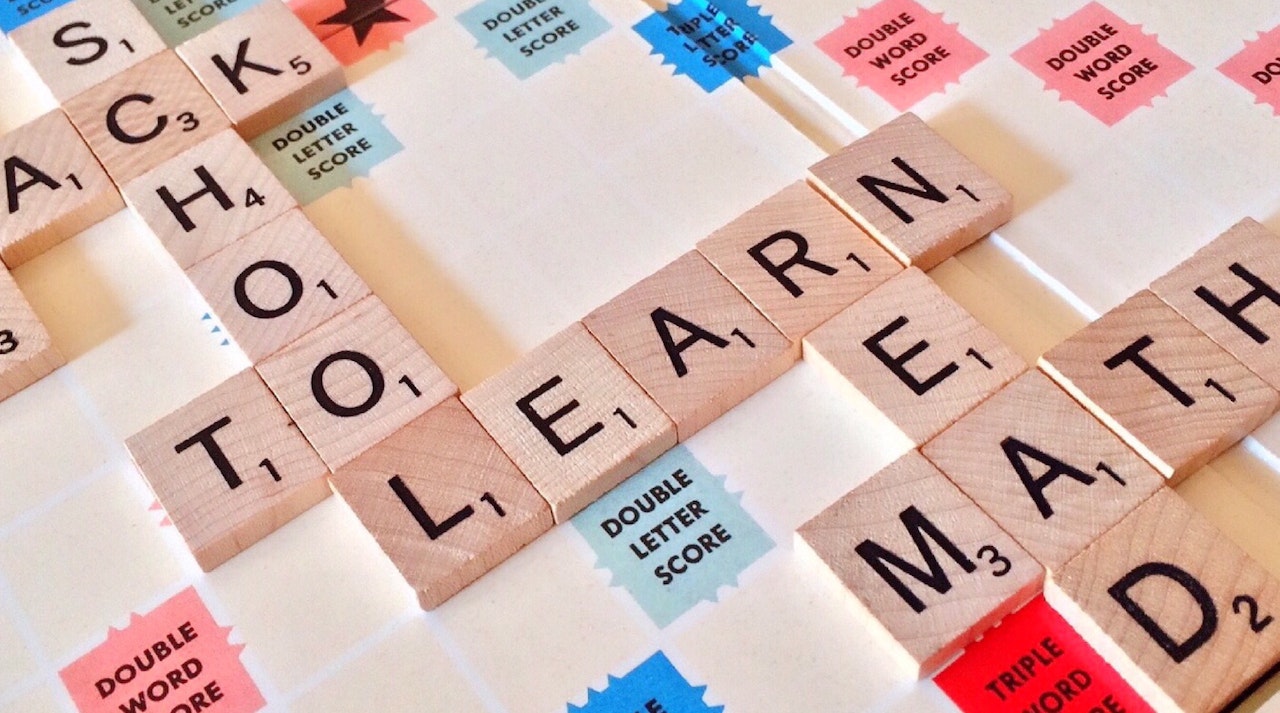“Do you pronounce /r/ in “shoulder”? Do you call the shelf “sheuf”? And what on earth is a “hoddy-doddy”?

Language is an ever-evolving tool that continues to amaze us as we delve deeper into its intricacies. An interesting aspect of language worth exploring is the development and use of dialects, which vary from one geographical region to another. Today, we’re diving into the world of dialects to uncover the meaning of some peculiar words — “sheuf” and “hoddy-doddy” — and how they offer insights into the fascinating diversity of human speech.
The Realm of Dialects and Regional Accents
Before we get into the thick of it, let’s establish what dialects and accents are. A dialect refers to a particular form of a language which is distinct from other forms due to variations in grammar, vocabulary, and pronunciation. An accent, on the other hand, refers solely to a variation in pronunciation. These variations arise from multiple factors such as geographic location, social status, historical influences, or even ethnicity.
Dialects have a unique charm that blends with a region’s identity — carrying along linguistic treasures waiting to be discovered. One such treasure trove is found in the Yorkshire dialect in England.
Enter “Sheuf” and “Hoddy-Doddy”
If you were ever puzzled hearing someone describing a shelf as a “sheuf”, don’t scratch your head just yet! This intriguing pronunciation comes from the Yorkshire dialect. Yorkshire boasts a rich history within its linguistic landscape; after all, it is where Old English transitioned into Middle English.
How does this quirky pronunciation come about? In the Yorkshire dialect, vowels tend to be pronounced differently compared to standard British English. For instance, words like “shelf” may be pronounced as “she-uhf,” with the “sh” sound blending with the “e,” and replacing the “l” with a brief “uh” sound. Another example would be that of pronouncing ‘hut’ as ‘het’, making clear that this dialect has ample allure for those fascinated by linguistic peculiarities.
Now let’s move on to another quaint word — “hoddy-doddy”. It’s enough to make one smile just saying it out loud! In Yorkshire dialect, “hoddy-doddy” means an oddly-shaped creature or object or even an awkward situation or dilemma. The expression owes its origins to idiomatic expressions which often tend to be more picturesque than their counterparts in standard language.
Celebrating Linguistic Diversity
What these charmingly odd words teach us is that there exists a rich tapestry of language outside of what we consider ‘standard’. There might be some challenges communicating directly between speakers from different regions; however, exploring these idiosyncrasies can lead to experiencing different flavors of life.
It isn’t hard to see why some linguists have considered dialects and regional accents as ‘living fossils’, preserving relics from earlier times when languages were less standardized. Thanks to travel and technology though, people continue to move beyond their regional bubbles, and these accents become hubs for cultural exchange.
Next time you stumble upon unique words like “sheuf” or expressions like “hoddy-doddy,” take them as an opportunity to delve deeper into the immersive world of dialects and accents in our diverse globe. Embracing linguistic variety will only serve to enrich our lives further — allowing us a sneak peek into unique cultural traits while providing windows into profound historical transitions so intricately woven into human civilization through time.